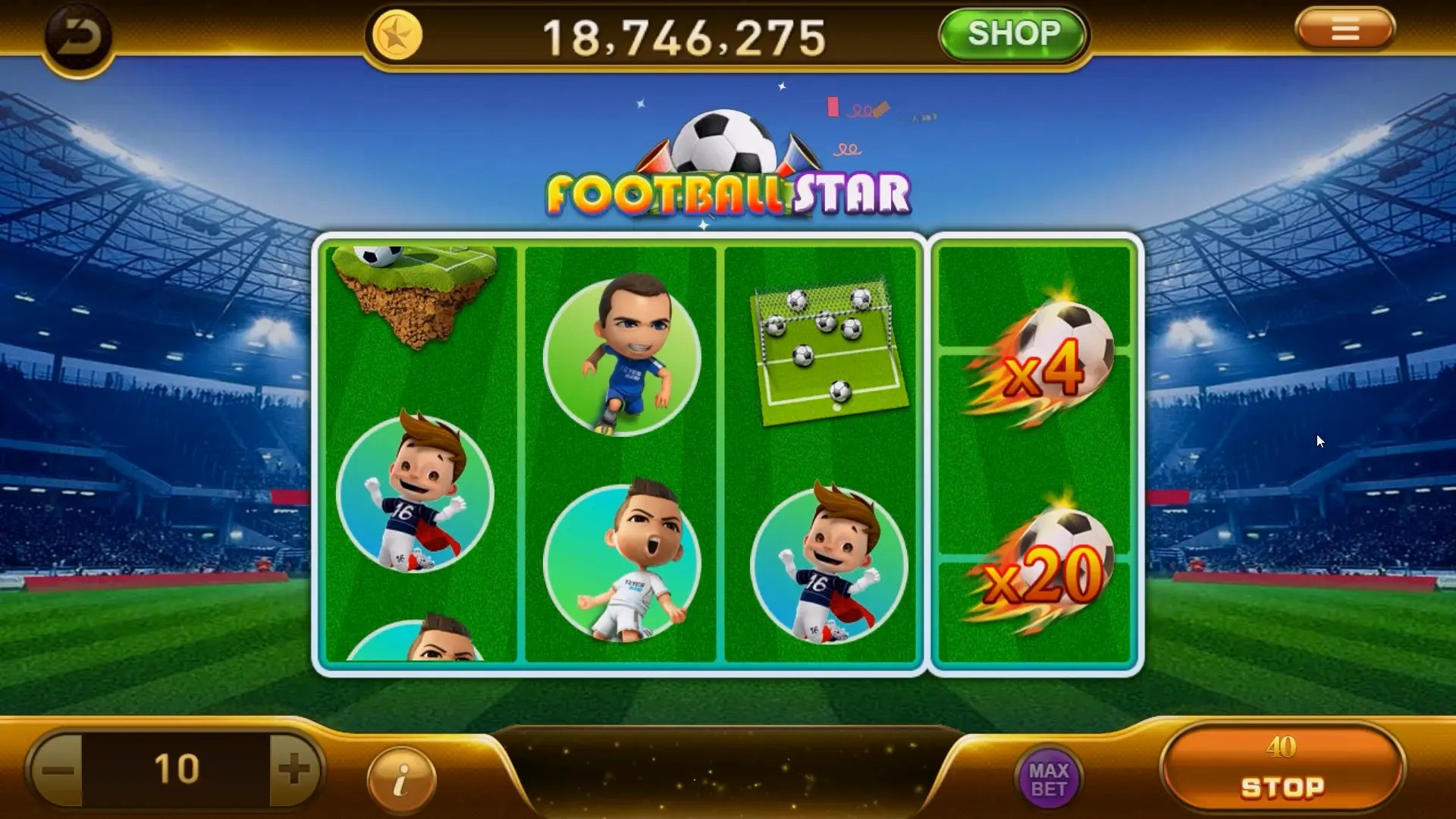Exploring the Rise of Casual Games: How Indie Games are Shaping the Industry
Casual games have taken the world by storm, capturing the hearts of players across various age groups. In this era dominated by mobile devices and easy access to the internet, indie games have played a crucial role in redefining what casual gaming means. Let's dive into the fascinating world of casual games and discover how indie games are shaping this vibrant industry.
The Definition of Casual Games
Casual games are typically characterized by their simplistic gameplay mechanics and shorter playtime. They're designed to be easily accessible, allowing players, both young and old, to pick up and play without significant barriers. Popular examples include titles like Angry Birds and Fruit Ninja. The appeal lies in their approachability, making them perfect for players who may not have the time or inclination for more complex games.
The Indie Game Revolution
Indie games, or independent games, are created by individuals or small teams without the financial backing of major studios. This independence fosters creativity and innovation, allowing developers to explore unique themes and gameplay experiences. Noteworthy indie titles like Celeste and Stardew Valley have captured player attention and critical acclaim, demonstrating the potential for indie games to thrive in the saturated gaming market.
Blurring the Lines: Casual vs. Hardcore Games
One might wonder how casual games stack up against more hardcore games. While hardcore titles often demand extensive time commitments and offer complex mechanics, casual games are designed for quick, enjoyable sessions. However, the rise of indie games blurs these lines. Many indie developers have created experiences that cater to both casual and hardcore players, merging the best of both worlds. For instance, games like Hollow Knight offer challenging gameplay while still being accessible, creating a comfortable entry point for casual gamers.
What's Driving the Popularity of Casual Games?
The surge in casual gaming can be attributed to several factors:
- Accessibility: With the ubiquity of smartphones, players can enjoy casual games anytime, anywhere.
- Social Connectivity: Many casual games incorporate social elements, allowing players to share achievements and compete with friends.
- Freemium Models: Most of these games are free-to-play or come with in-game purchases, reducing the barrier for entry.
This combination makes it easier for players to engage with casual games while feeling secure about their spending habits.
Indie Games Redefining Casual Gaming
As casual games gain traction, indie games have become the backbone of innovation in this genre. Developers are experimenting with themes and styles that resonate with diverse demographics. Here’s a table highlighting some of the most influential indie games reshaping casual gaming:
| Game Title | Developer | Release Year | Unique Feature |
|---|---|---|---|
| Celeste | Maddy Makes Games | 2018 | Platforming with deep narrative |
| Stardew Valley | ConcernedApe | 2016 | Farming Simulation/Role-Playing |
| Untitled Goose Game | House House | 2019 | Unique premise of playful chaos |
Challenges Faced by Indie Developers
Despite their success, indie developers face several challenges:
- Funding: Securing funds can be a significant hurdle, leading many developers to depend on crowdfunding platforms.
- Visibility: With thousands of games released each year, standing out in a crowded marketplace is tough.
- Longevity: Maintaining player interest and ensuring ongoing support can be difficult, especially for small teams.
Overcoming these obstacles often requires resilience, creativity, and community engagement.
The Future of Casual Gaming
Looking ahead, the landscape of casual gaming and indie titles appears promising. With the continued rise in mobile gaming and the expansion of platforms like Steam and itch.io, indie developers have more opportunities to reach audiences than ever before. Additionally, collaboration with major publishers for distribution can further increase visibility and support.
Conclusion
In conclusion, the rise of casual games is undeniably linked to the innovative spirit of indie developers. Their ability to create engaging experiences that resonate with players has redefined the gaming industry. With a blend of accessibility, creativity, and community, casual gaming will only continue to grow. Whether you’re a seasoned gamer or just looking for a good way to unwind, there's an indie casual game out there for everyone!



